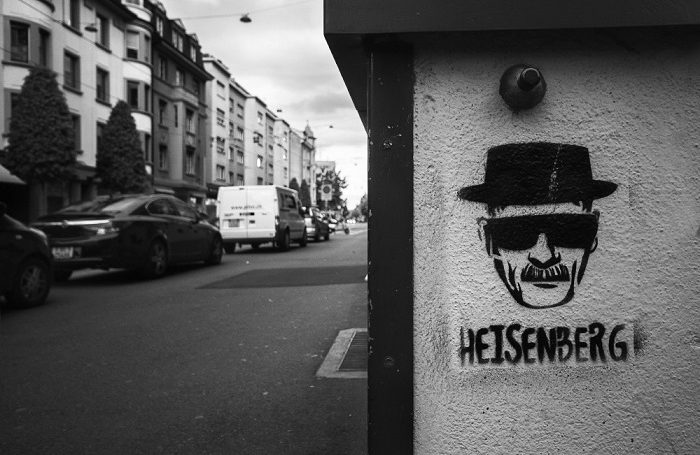
While resilience is an important concept in contemporary governance, assessments of its impact are contested. There is clear evidence of its influence across a range of policy discourses from security to finance. Jonathan Pugh (2014, 313) notes that although there is much divergence across sectors, resilience generally refers to a capacity to respond to change(s) such that an entity continues to function. Thus, according to Olaf Corry (2014), at its core, resilience attempts to manage systemic-level uncertainty.
However, equating resilience with a universal set of impacts is problematic. It is not a uniform or consistent an entity across time and space. Even the core aims of resilience can be divergent. Some strands, in the aftermath of crises, are oriented by desires to return to previous equilibria. Other Hayekian-influenced strands, according to Jeremy Walker and Melinda Cooper (2011) see crises producing new norms to which individuals and communities must adapt. Thus, to develop a better understanding of resilience, context is important. It provides access to particular manifestations of resilience which encompass more than a predominant form of ‘resilience thinking’. Context also contains alternatives as well as different phenomena to which resilience thinking is posited as a response. Thus to avoid treating resilience as a totalizing discourse and to better contextualise its multiple forms, Marc Welsh (2014) has argued that one should critically explore the geopolitics of resilient subjects. For me, this necessarily includes extending investigations beyond the formal and practical sites of geopolitics.
To extend the investigation of resilience beyond formal and practical geopolitical discourses, in a paper forthcoming in Political Geography [free access until 02/2017], I turn to popular geopolitics and the aesthetic theory of Jacques Rancière to contribute to what Kevin Grove and Peter Adey (2015) [free access until 02/2017] have called the ‘multiplicities of resilience’ and its subjects. I do so by analysing the first two seasons of the television series Breaking Bad. In the series, we are introduced to a protagonist named Walter White who has many problems. His cancer diagnosis and financial precariousness require that he undertake a journey (i.e., to ‘break bad’) by manufacturing and distributing methamphetamine in order to ensure that his family is financially secure upon his death. Along the way, he faces a series of external antagonists including students that he teaches, drug dealers, and his former university lab partners as well as crises like how to dispose of dead bodies, when to kill, let live, and let die, how to launder money, threats to his life; and marital strains that result from his numerous deceptions.
The reading I give in the article demonstrates that as an aesthetic text of political theory, Breaking Bad reveals that geopolitics is at the heart of resilience. In this case, it is a geopolitics that is shaped by differential forms of mobility and the types of violence that come from enabling and controlling it. Walt is able to fluidly traverse across a range of spaces from PTA meetings to clandestine drug deals, navigating their rituals, protocols, dangers, and norms in ways that are not open to other characters. Breaking Bad reveals how there are potential social impacts for those who enjoy this comparative advantage in their capacity to move, particularly when their mobility is tied to an asocial understanding of responsibility. Clearly,the character of Walter White often goes to the extreme limits of asociality in practicing resilience. Yet, by juxtaposing his actions with those of other characters, Breaking Bad reveals ways in which resilient practices, and their underlying assumptions, can be challenged simply by being prepared to recognize alternatives that are already around us.
Moreover, Walter White produces a politics of resilience that operates both within the fictional world of the series but also within its audience. For example, would Breaking Bad enjoy the same kind of reception if he were African, Hispanic, Asian, Pacific Islander, or Indigenous American? Given the predominantly negative reactions to the character Skyler, the very same could be said if he were to be portrayed as a woman. Thus, I argue that Breaking Bad produces a potential disruption to how we conceptualise resilience by opening up thinking space to consider who has the right, or opportunity, to be resilient in general and who has the right, or opportunity, to adopt specific forms of resilience in particular? Such questions speak to the relationality of resilience and identity by foregrounding the importance of determining in any given context answers to critical questions first identified by RBJ Walker (1990, 6-7): resilience for whom, in relation to what, for what purpose, and at whose expense? Thus, as the disciplines of international relations and political geography seek out answers to these questions, aesthetic analyses and popular geopolitics will be central to capturing the multiplicities of resilience.
Further Reading on E-International Relations
- Opinion – COVID-19 Proves That We Never Were Resilient
- Coronavirus and the End of Resilience
- Is Resilience Thinking a Form of Eugenics?
- Coronavirus, Resilience and the Limits of Rationalist Universalism
- Opinion – ‘Resilient Ukraine’ and the Future of War in Europe
- Popular Culture Matters: An Introduction